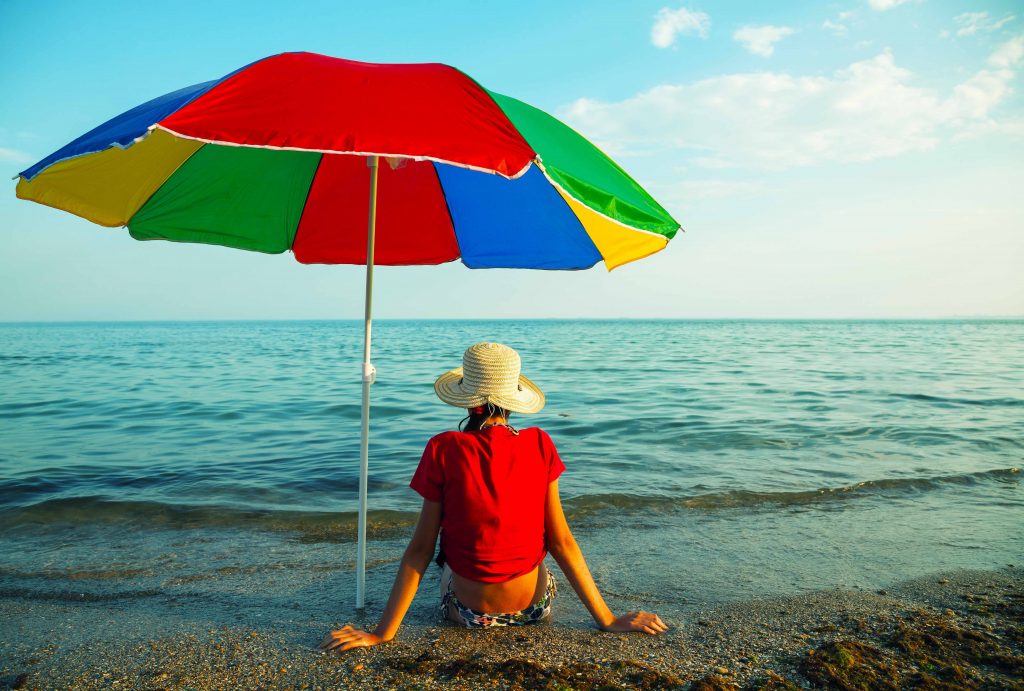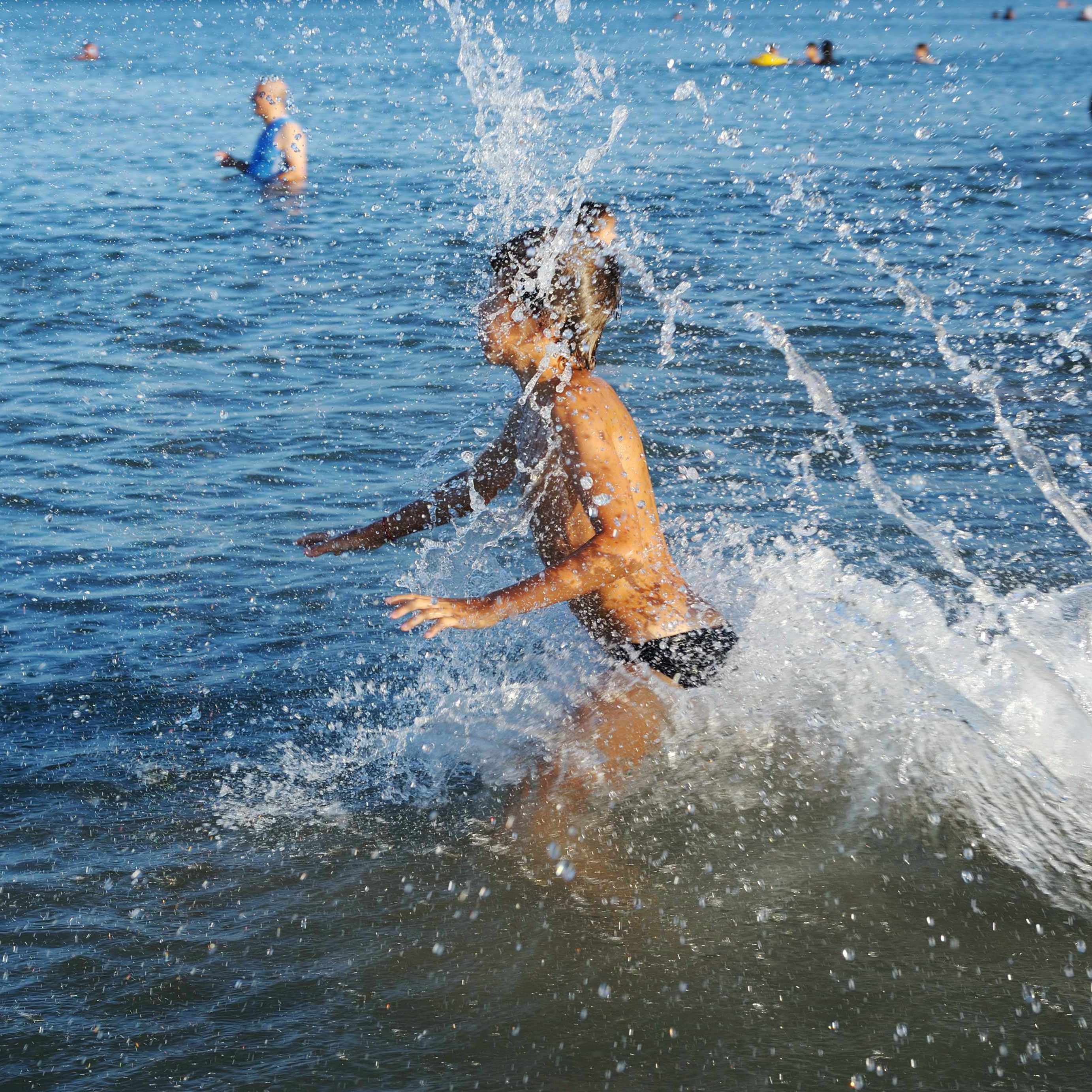-
Mayo Clinic Q and A: Stay safe in the sun by knowing how to protect your skin

DEAR MAYO CLINIC: Do spray sunscreens work as well as sunscreen lotions, and do I need to buy different sunscreen for my kids than what I use myself?
ANSWER: Sunscreen that is marketed for children is OK to use, but children 6 months and older can use the same sunscreen as adults. Babies younger than 6 months should not wear sunscreen but should instead be kept out of direct sunlight and dressed in protective clothing.
Whatever kind you use, make sure it is a broad-spectrum sunscreen with a sun protection factor, or SPF, of at least 15. “Broad-spectrum” means the sunscreen protects against both types of ultraviolet rays: UVA and UVB, which both cause skin damage. UVA is the long wavelength of light that penetrates to the deep layers of skin. UVA leads to skin damage over time. UVB is the shorter wavelength of light that penetrates the surface of the skin and causes sunburn.
SPF is the measure of how well a sunscreen protects against UVB rays. An SPF factor of 15 is the minimum needed to prevent skin damage from UVB. A sunscreen with an SPF higher than 50 provides only a small increase in UVB protection when compared to SPF 30 or SPF 50. That means sunscreens with a very high SPF, such as SPF 100, may not be worth the added cost when compared to how much protection they offer. People who have sensitive skin or are allergy prone should use sunscreens that have zinc oxide and titanium dioxide as the active ingredients.
Most people do not put on enough sunscreen. The key to getting the full amount of SPF protection from sunscreen is to apply it generously and frequently. About two tablespoons of sunscreen — or about enough to fit in a shot glass — is only enough for your face, your neck and the back of your hands. Reapply sunscreen at least every two hours, or more often if you’ve been sweating or swimming. A sunscreen may be water resistant, but no sunscreen is waterproof.
Sunscreen in a spray is just as effective as sunscreen in a lotion. That said, sprays can be hard to put on evenly, and it can be difficult to get enough sunscreen on using a spray. Lotion is more predictable because you can see and feel where it goes. Because of that, lotion tends to be a better choice for reliable sun protection. When using sunscreen in a spray, be careful not to inhale the fumes. Hold your breath while applying the spray, and don’t spray directly onto your face or neck. Instead, spray the sunscreen onto your hands and then rub the sunscreen onto your face and neck.
Use sunscreen anytime you’re outside, even if the sun isn’t shining. UV light penetrates through the clouds, and it reflects off water, snow and other surfaces. When reflected, the rays become even stronger, making sunscreen even more important.
If you don’t want to worry about reapplying sunscreen,
universal protective factor (UPF) clothing can be useful, particularly for active children who don’t care to stand still for another round of sunscreen. Many of these clothing items offer an SPF of 50. That’s higher than a standard shirt or hat with a tight weave, which usually has an SPF around 15. UPF clothing also is made to get wet, so a child can comfortably wear it in the water.
For consistent sun protection that you don’t need to reapply, UPF clothing, is a good choice. But don’t rely on sunscreen, or even clothing, alone. Avoid being out in direct sunlight in the middle of the day when the sun’s rays are strongest. When you’re going somewhere that shade may be scarce, bring an umbrella to use as a shield from the sun. Pack a broad-brimmed hat and sunglasses for you and your children. Using these tools, your entire family can stay sun safe. — Dr. Dawn Davis, Dermatology, Mayo Clinic, Rochester, Minnesota
****************************
Related Articles
- Mayo Clinic Minute: 3 things you might not know about sunscreen published 2/27/19
- Consumer Health: What to do after the sunburn published 7/13/18
- Home Remedies: Treating your sunburn published 7/4/18
- Consumer Health: Sunscreen 101 published 6/8/18
- Mayo Clinic Minute: Uncovering ultraviolet protection factor (UPF) in clothing published 5/25/18
- Have fun but be safe in the sun published 5/24/18
- Mayo Clinic Minute: Shining a light on SPF in sunscreen published 5/24/18
- Mayo Clinic Minute: Sun safety during spring break published 3/22/18
Related Articles







